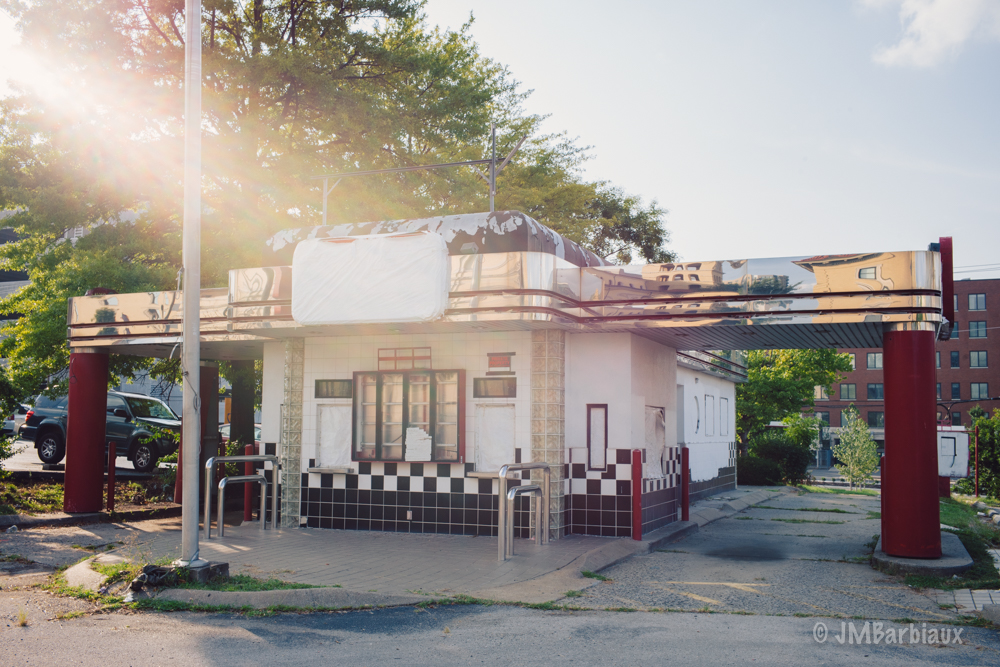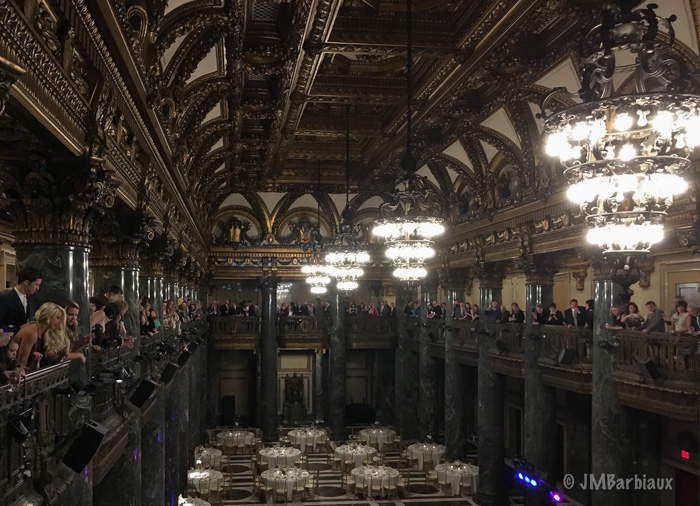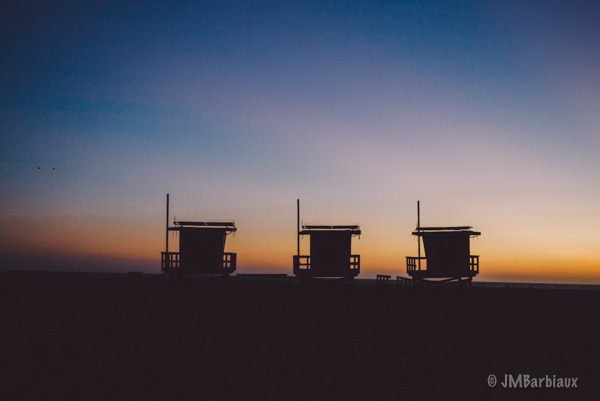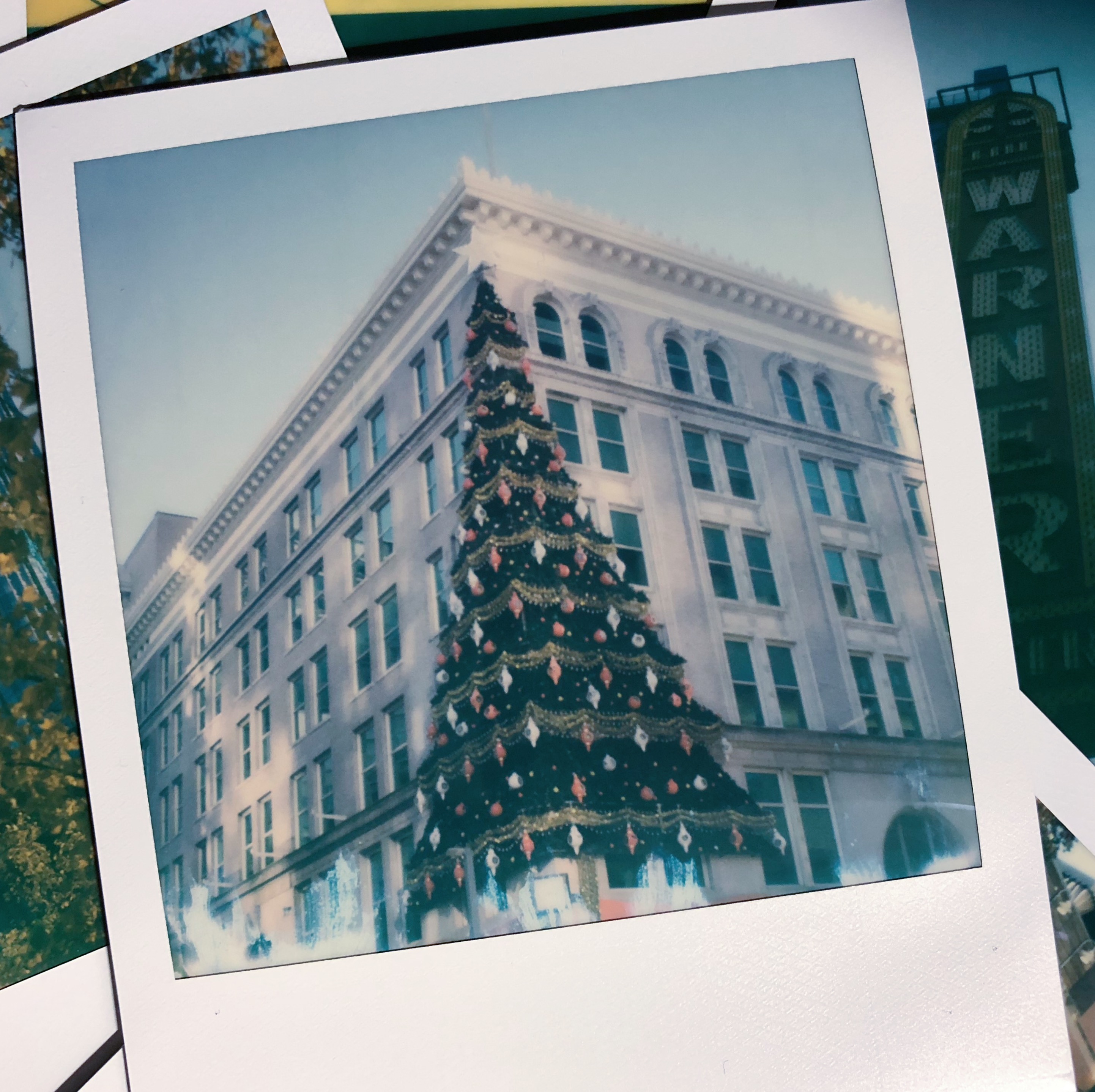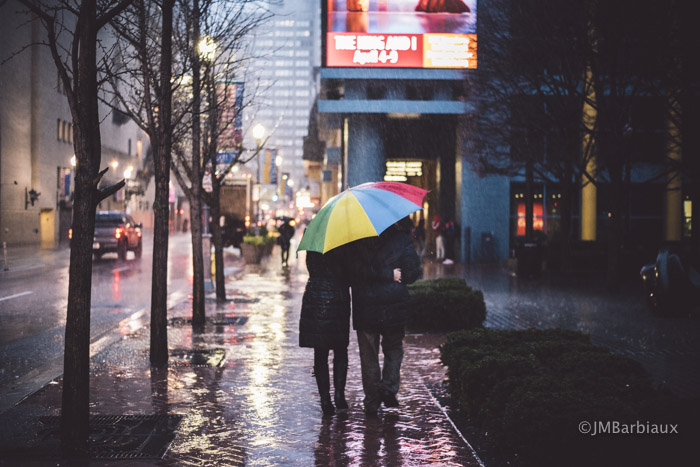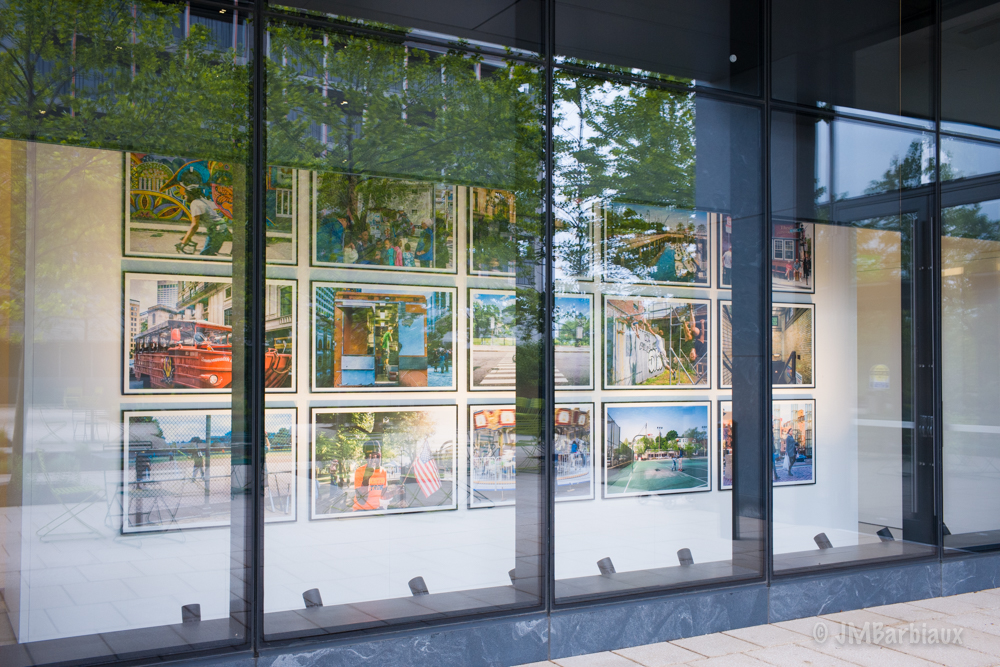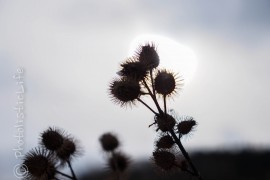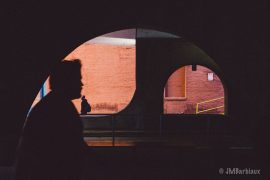Gone are the days where a photographer could kick up dust, hang their head, and mutter something like “I could be just as good with a camera like that”. My phone, I have no ideas how many megapixels it has, can create photographs that compete with photos taken with my $10k camera and lens combination. Alternatively, I can easily take a poorly composed, lit, etc. photograph with any camera no matter what the value of the camera is. Composition aside, there are entire subsets of photographers who choose to shoot with analogue cameras, Polaroids, and everything in-between, seemingly embracing the limitations these cameras have.
Carnegie Music Hall Wedding taken with the iPhone SE
By embracing the limitations of a camera we can define the creative space we are working in. Once we have boundaries are we able to push up against or even past them. I’ll give you a great example; I shot with a Leica M262 for about a year and absolutely loved it. The camera was crap past ISO 3200 in anything but perfect light (banding in shadows, odd-looking grain pattern, etc.) but by pushing it to 3200 and working around that limitation I was able to create some of my best low light photography. The light meter in the camera was old school (spot meter) and it took a lot of getting used to… I would have to point my camera at the ground (or sky, depending on what I was shooting) and half press my shutter to lock my exposure before reframing each shot or risk under/over exposure. But I got used to it and even discovered that to be a better way to control my exposure rather than letting the camera have complete control over it (when shooting in aperture priority).
Taken with the Leica M262 at ISO 3200. You can definitely see the “unique” characteristics of the sensor in this image as it is being pushed past its limits.
So, what is my point? My point is, the camera you use matters. Whether it’s the newest camera with all the bells and whistles or an old SX-70 Polaroid, what is important is that we understand it’s limitations and use them to our advantage. How can you take those limitations and use them to create something unique. And trust me when I tell you I take my own medicine… If you saw me taking the shot below you’d have seen a fool with about 4 hand warmers in his pocket quickly pulling this image from the Polaroid and delicately sliding it into the heated pocket to try to preserve the colors while the image developed. Pain. In. The. Butt.
Embracing the limitations of the SX-70 Polaroid in downtown Pittsburgh as part of an ongoing photo project
Now, I’m not saying that we should all go out and buy Polaroid cameras and test their limits (it’s quite the investment these days at $250+ for a good camera and roughly $2 a shot). I am saying that owning a camera with limitations should be viewed an opportunity rather than a disadvantage. Whether those limitations are simply “I can’t go past ISO 3200” or “I only have a pinhole lens” doesn’t matter. What matters is that you are pushing the limits of what can be done with whatever gear you are using and not relenting until you can put your name on the best image you are able to massage out of it.
One of my favorite characteristics of a Leica is how easy it is to get a sunburst, and what that sunburst looks like, with the camera and the Leica 35mm f/2 lens. Admittedly that may be a characteristic of the lens more so than the camera but you get the point. I’ve adopted this “look” and love using it in my street photography.
For those of us who may only have one camera, you can set your own limitations by choosing to work within a predefined area. For instance, maybe you have the D850… A camera with seemingly no limitations. You can create your own limitations by setting auto ISO to only 3200 or shutter priority to 1/30th of a second in low light to force yourself to create with a slower shutter speed. Doing something like this requires a great deal of self-discipline as it is relatively easy to remove these limitations when things get difficult with the excuse “I just don’t want to miss the shot”. Another easy limitation to impose on yourself is to shoot with a prime lens for a time period… A year perhaps? The rest of your life?
The Nikon D810 was unable to lock focus in the image above. The Leica M262, a manual focus camera, had no problem capturing this moment. The “limitation” of not being able to auto-focus was a huge advantage here by allowing me to capture poorly lit images without hunting, and eventually missing, focus over and over again.
Finally, I’ll leave you with one last story. About 3 or so years ago I created the X100 project. This is where I shelved my professional cameras for a year and only shot with the Fuji X100s, a compact 35mm equivalent camera. I took this camera everywhere, not even giving in to the desire to take a professional camera with me to Sicily. This project forced me to get close to my subjects and eventually led to my interest in street photography which has earned me commissions in many different cities. By living with the limitations of the X100s I became a better photographer, not just with the X100s but every camera I picked up after that.
A gallery of my images in Boston, MA. from a recent street photography commission.
Feel free to leave your thoughts in the comments section below. You can follow @PolaroidPittsburgh on Instagram if you’d like to stay up to date on the Polaroid long-term project.

